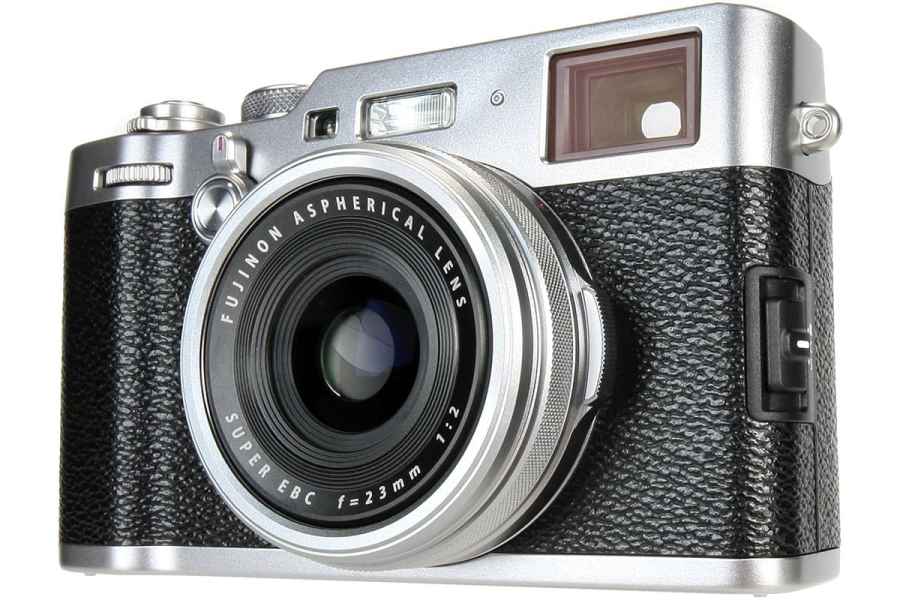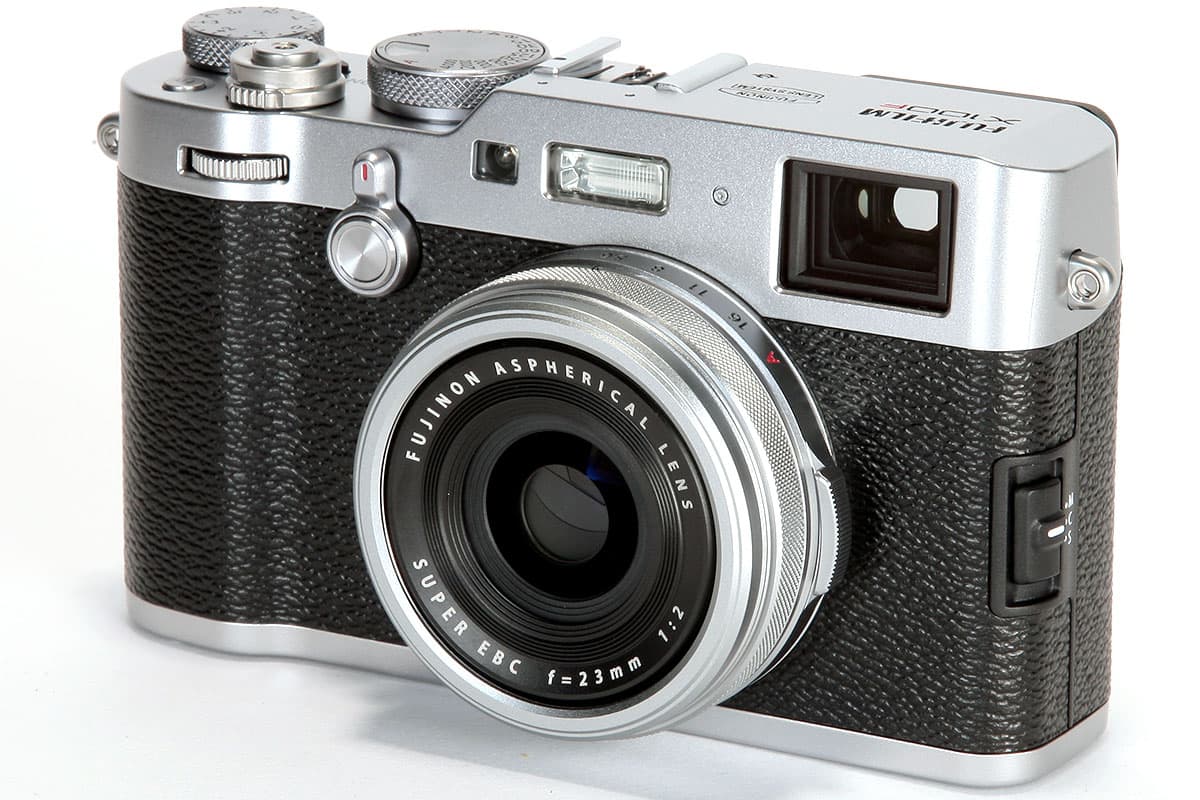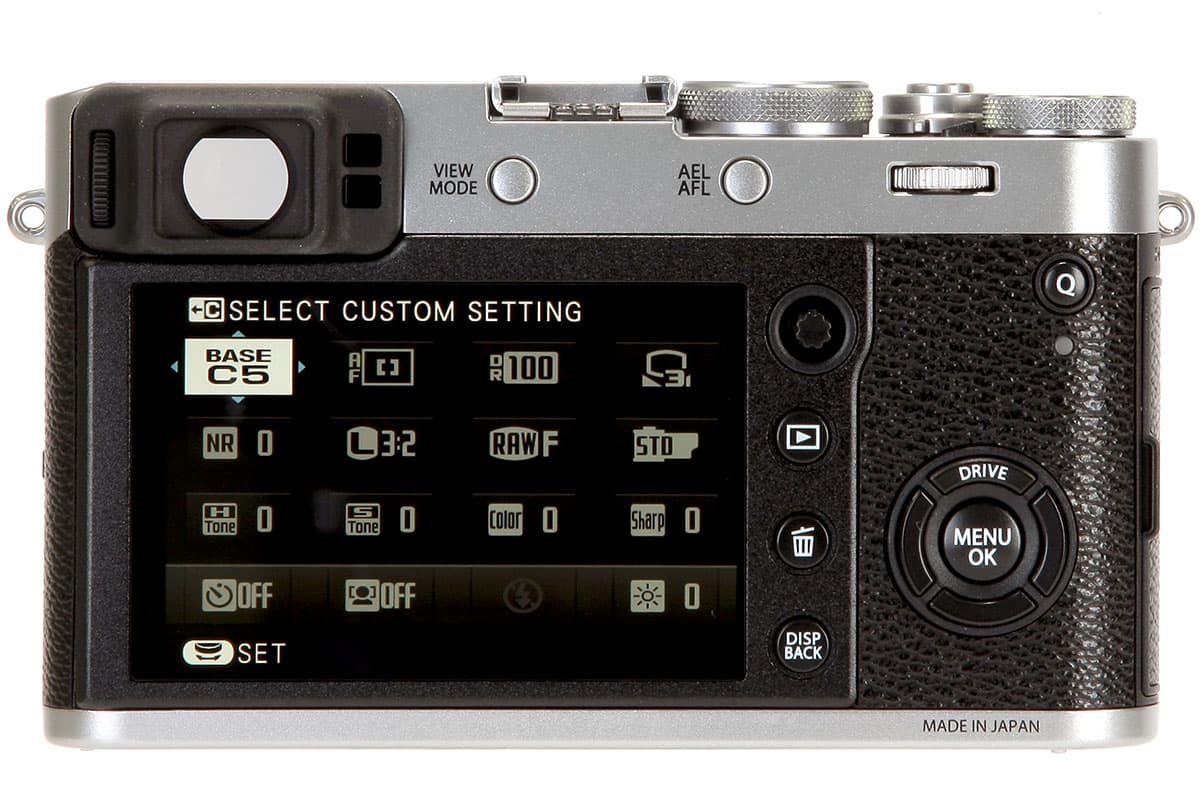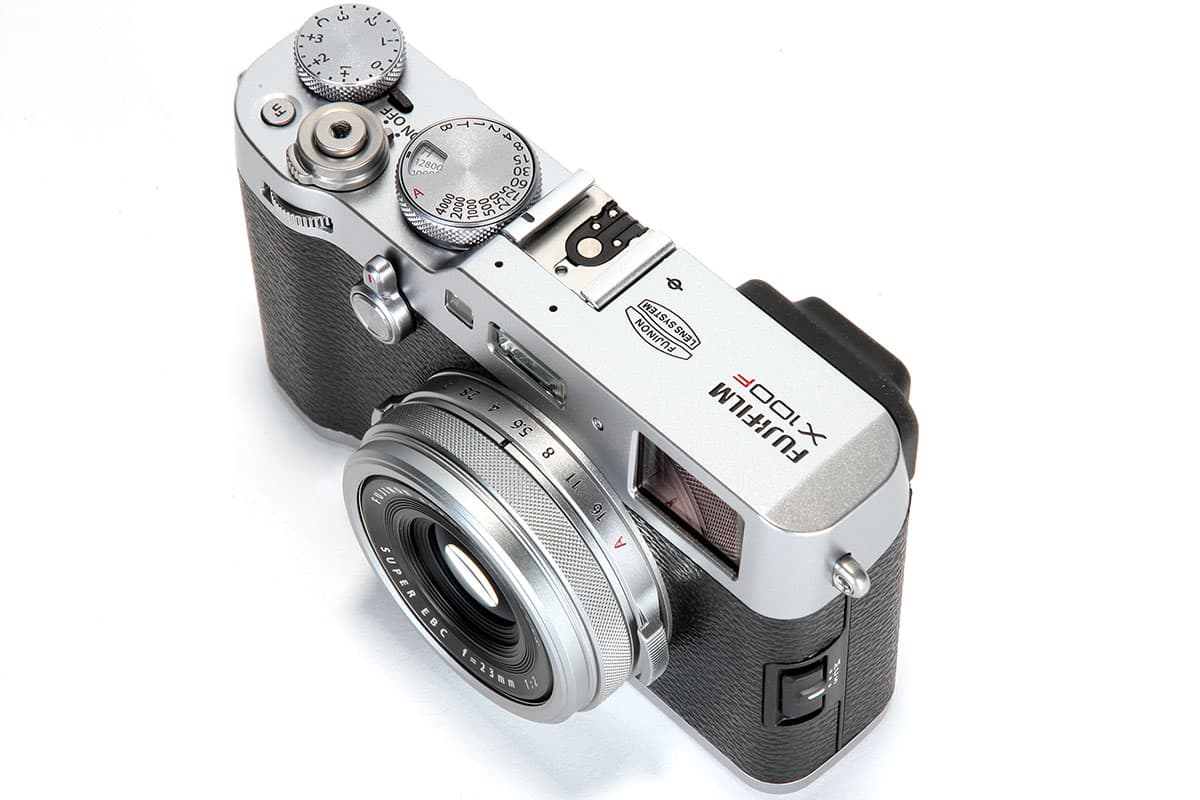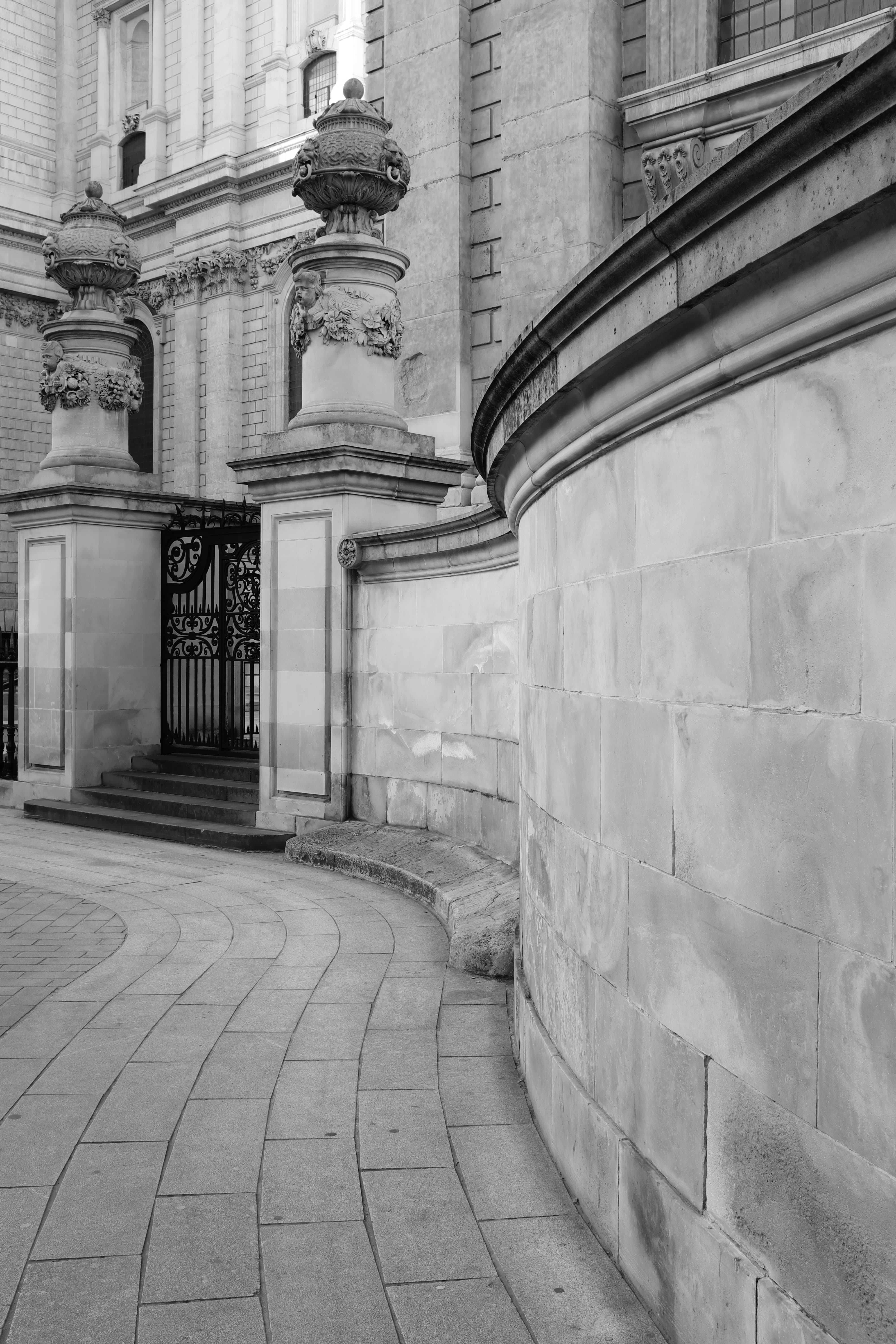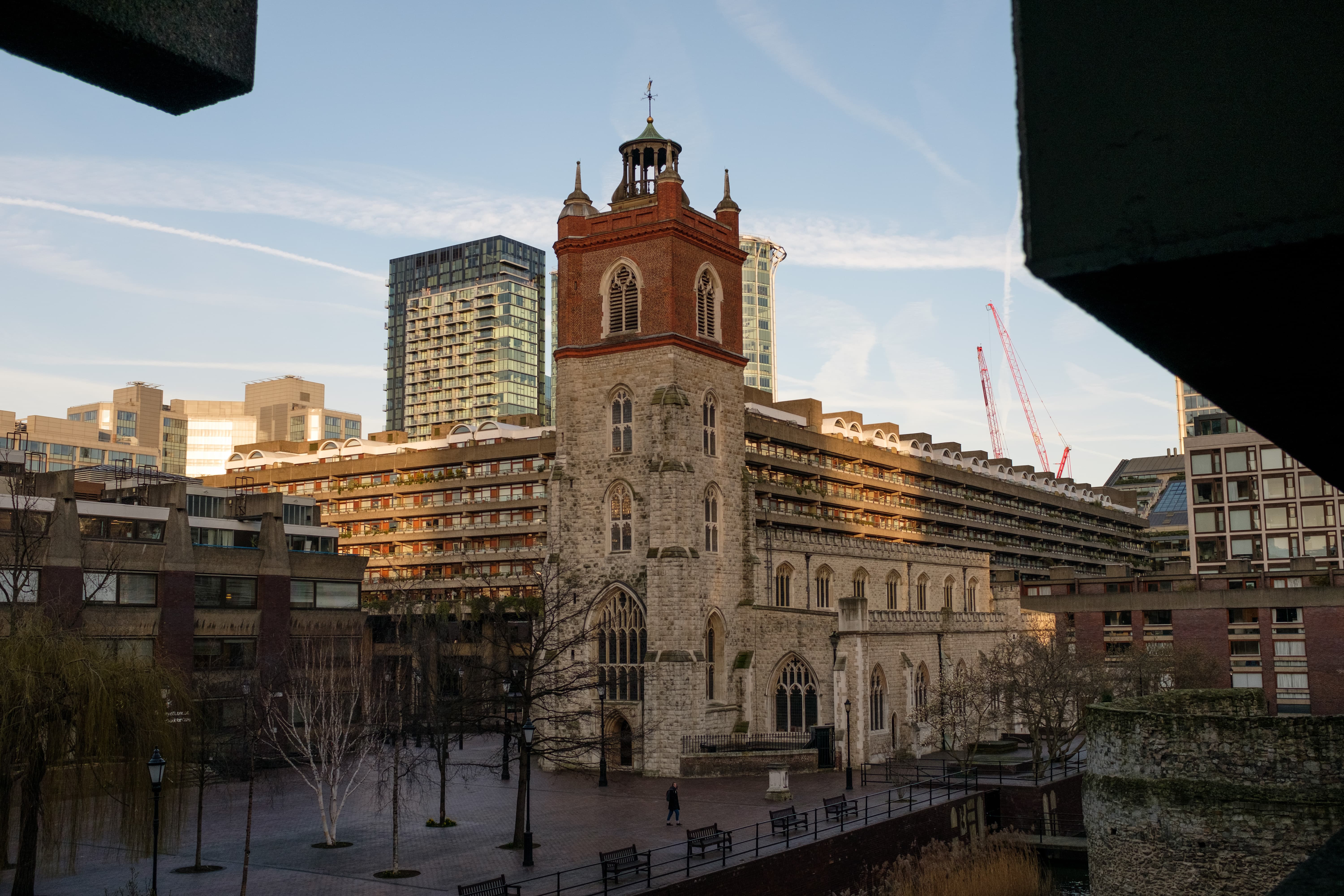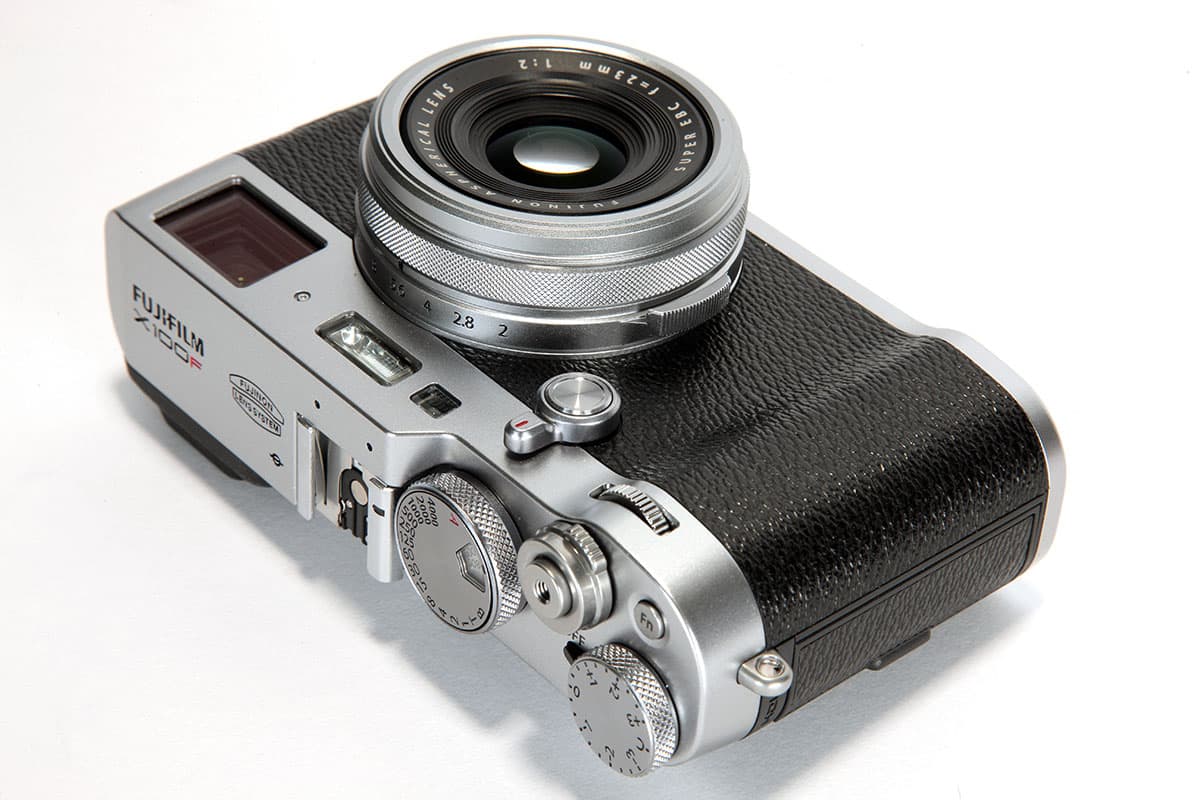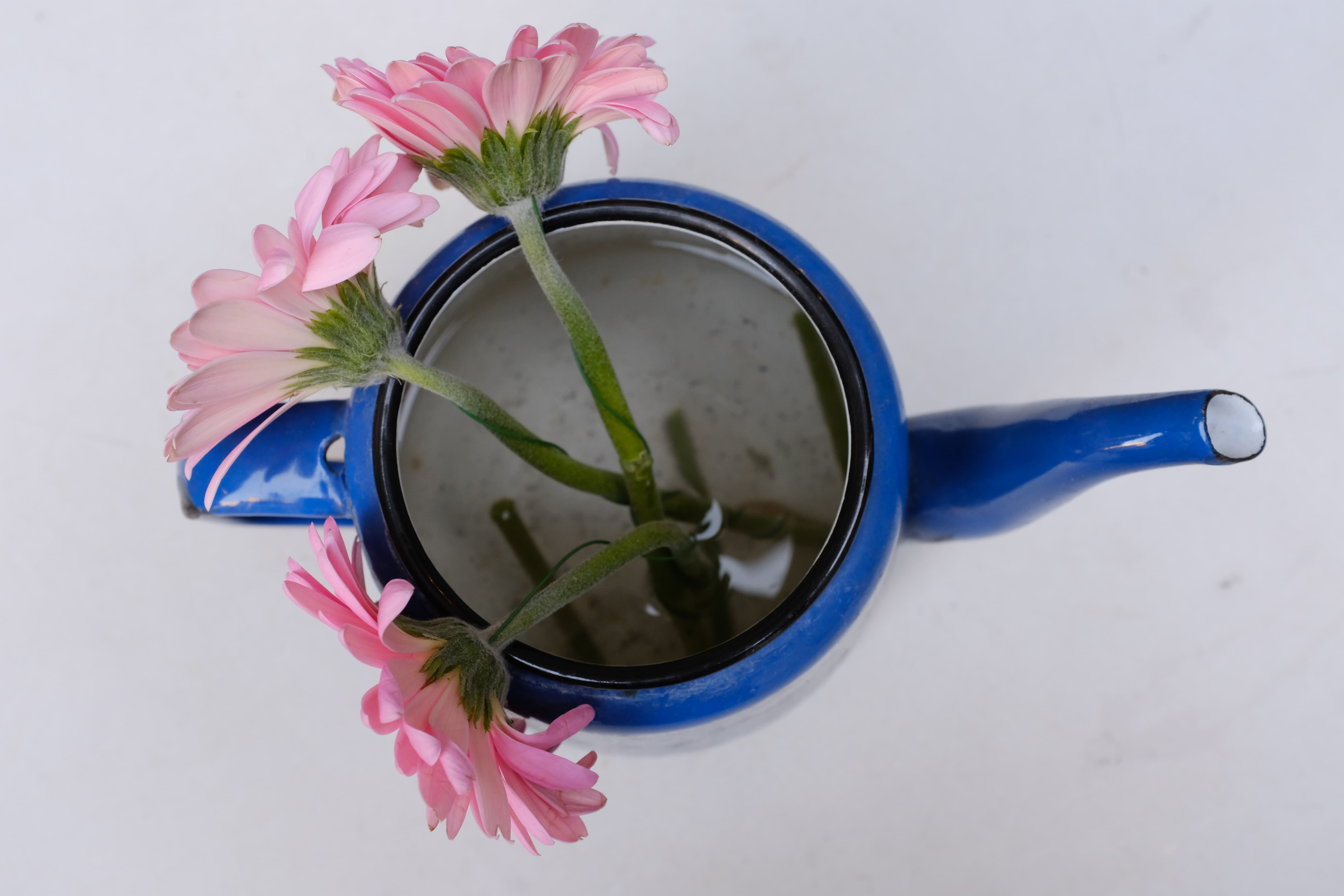Fujifilm’s star is now so high in the camera makers’ firmament that it’s easy to forget just how recently the firm was primarily a purveyor of identikit zoom compacts. The camera that set it on course towards higher things was the original X100, with its retro rangefinder-style design, fixed lens, APS-C sensor and clever hybrid optical/electronic viewfinder. Now, with the Fujifilm X100F, Fujifilm has unveiled the fourth generation of this modern classic.
Update: Read our Fujifilm X100F field test.
At a glance:
- £1,249
- 24.2MP X-Trans CMOS III sensor
- 23mm f/2 lens
- Hybrid optical / electronic viewfinder
- Available in silver or black
As with the previous updates, the F (for ‘fourth’) remains very close in spirit to the original design, with the same 35mm equivalent f/2 lens and analogue dial-led operation. But it’s the most radical overhaul yet, acquiring most of the same updates as we saw on its interchangeable-lens big brother, the X-Pro2, last year. Inside it gains a 24.2-million pixel X-Trans III CMOS sensor and X-Processor Pro, which together promise substantially improved image quality and autofocus. Fujifilm has also made some significant updates to the control layout, which should make the X100F an even better photographic tool.
Six years after the original X100 went on sale, there’s still nothing else on the market that can match the series’ winning combination of image quality and retro charm. So the question for this review isn’t really whether the X100F is going to be a stunning camera, as we already know that. Instead it’s more about whether the updates justify its £1,249 price tag.
Fujifilm X100F review: Features
With its distinctly old-fashioned design, you might expect the X100F to have a lowly feature set. But in reality, it’s surprisingly well equipped. Let’s start with the key imaging specs. The sensor and processor are the same as Fujifilm used to great effect in the X-Pro2 and X-T2 last year, and enable a standard sensitivity range of ISO 200-12,800. Pulled ISO 100 and extended ISO 25,600 and 51,200 settings are also available.
For shooting quickly moving subjects, the X100F offers pacy continuous shooting at 8 frames per second with a 25-frame raw buffer. It’s also possible to set slower speeds of 5, 4 or 3fps with a live view feed between frames, which is useful if you’re shooting with the LCD or EVF.
The mechanical shutter provides speeds of 30-1/4000sec, although with some limitations on combining speeds faster than 1/1000sec with large apertures. However a fully electronic shutter option allows the top speed to be extended to 1/32,000sec, regardless of the aperture selected. While the mechanical shutter is extremely quiet, the electronic option is completely silent. However, enabling it disables the extended ISOs. An alternative means of shooting with large apertures in bright light is to engage the lens’s built-in 3-stop neutral-density filter.
On this subject, the lens is the same 23mm f/2 that’s used in previous X100 generations. It’s an impressively slimline optic that incorporates an aspheric element into its 8-element, 6-group design. The 9-bladed diaphragm can stop down to f/16 in 1/3 EV steps and stays nicely circular at smaller settings. However, if you want to attach filters or a hood, you’ll need the AR-X100 adapter, which provides a 49mm thread. As this costs £30, I suspect many users will be tempted by the vastly cheaper clones available online.
A pair of matched lens converters are also available – the TCL-X100 II and WCL-X100 II – which give 50mm and 28mm-equivalent views respectively. Here, ‘II’ designates new versions that the X100F can recognise automatically when they’re mounted and correct aberrations. These are optically identical to Fujifilm’s existing converters, which can also be used just fine, although for best results you need to specify in the camera’s menu when they’re mounted.
Other features include a small built-in flash on the front plate, with a hot shoe on top for when more powerful units are needed. However, I suspect that most users will prefer working with available light. Equally, while the built-in intervalometer, sweep panorama mode, and video functionality are nice to have, they’re not really core to the X100F’s intentions.
On the other hand, I suspect a lot of photographers will appreciate Fujifilm’s proprietary film-simulation colour modes. Drawing upon the firm’s huge analogue heritage, these are designed to mimic the look of classic emulsions ranging from Fujichrome Velvia slide film to Acros black & white. Unlike some other brands, these provide a good range of attractive looks for your images and are well worth exploring. The camera’s built-in raw converter can be useful here, as it allows you to tweak all of the image-processing settings and generate a new JPEG file without having to use a computer.
If you want to share your favourite shots, the X100F includes built-in Wi-Fi that allows it to be connected to a smartphone or tablet. You can then copy your shots across for uploading to social media, or use your phone as a remote control complete with live view. On a related note, you can also use either an electronic remote release via the 2.5mm stereo socket, or a mechanical cable release that screws into the shutter button.
Hybrid viewfinder
Without a doubt, the X100F’s standout feature is its hybrid optical/electronic viewfinder. This combines a direct-vision optical viewfinder with an electronic display, allowing the overlay of extensive shooting information including an electronic level and a live histogram. Pulling the lever beside the viewfinder to the right switches across to a fully electronic view, with the large 2.36-million-dot OLED display providing an accurate preview of exposure, white balance and composition. Alternatively, flicking the lever to the left inlays an electronic preview into the bottom right corner of the optical finder; as on the previous X100T this allows focus checking via a magnified view, but new on the X100F is ability to show the whole scene. I found this to be surprisingly useful for verifying composition and exposure.
On the camera’s back is a fixed 1.04-million-dot LCD that can be used for both shooting and playback of captured images. In fact, it complements the optical finder well, allowing you work more discreetly with the camera away from your eye, which some subjects find less intimidating. The display is finely detailed and provides accurate colour. However, it’s not touch sensitive, which could have been useful for specifying the focus point. Aside from that, the physical controls are so well designed that it’s not clear a touchscreen would add much.
Fujifilm X100F review: Build and design
In hand – and in use – the X100T feels delightful. Build quality is excellent, with a beautifully crafted magnesium alloy top plate. All the dials are precisely milled and operate with satisfying precision, while the leatherette covering and subtle handgrip make the camera feel secure in your grasp. It’s a fantastic feat of engineering.
Like its predecessors, the X100F is styled to look very much like an old 35mm film rangefinder, with the silver version in particular revelling in its retro aesthetic (the camera is also available in a purposeful black). Crucially, its old-fashioned analogue dials provide a (mostly) very engaging shooting experience that brings you back to the basics of photography.
Just as with previous generations, on the top-plate you’ll find shutter speed and exposure compensation dials, with aperture and manual focus rings around the lens. However, the shutter speed dial can now be lifted and turned to set the ISO, X-Pro2-style. It’s fair to say that this approach divides opinion among photographers; it mitigates against changing the ISO setting accidentally, but it’s also awkward to change with the camera held up to your eye. I for one find it inconvenient when trying to deal with quickly changing light. Fortunately, on the X100F it’s possible to reconfigure the camera so the sensitivity can be changed using the newly added front electronic control dial when the ISO dial is set to the A position. Alternatively, you can just let the X100F’s well-designed Auto ISO take the strain. Annoyingly, though, changing between these two approaches requires a trek deep into the menus.

The X100F now shares the NP-W126S from the X-T2 and X-Pro2, rather than the NP-95 in previous generations
A glance at the exposure compensation dial shows another update: alongside the +/-3 EV settings, there’s a ‘C’ position. Engaging this gains access to +/-5 EV compensation, again set using the front electronic dial. This might sound like a conflict with ISO setting, but Fujifilm has the answer: clicking the dial inwards toggles between the two.
It’s the back plate that sees the biggest change, however, with the LCD moved all the way to the left to make space for a new joystick that’s used to select between the 91 available autofocus points. It’s difficult to overstate just how useful this is when you want to focus precisely on an off-centre subject. Unlike with some other brands, you don’t have to click the controller for every step you want to move the AF point, which means it’s really quick to get from one side of the frame to the other.
Another change compared to the X100T is that the manual focus ring is customisable, and can now be set to change white balance or film simulation when you’re using AF (JPEG-only shooters can also use it for the digital teleconverter). Pressing the new function button that’s embedded within the viewfinder selector lever allows you to change between these options. But like most of the camera’s buttons, it can be customised to operate a wide range of different functions.
Fujifilm X100F review: Autofocus
Fujifilm likes to standardise features across its models, so the X100F gets the same AF system as the X-Pro2. By default, it uses 91 AF points in a 7×13 grid covering most of the frame. The central 7×7 square includes phase detection, but the outermost points are contrast detection only. If you prefer you can switch to an even finer 325-point set-up, but on the X100F this feels like overkill.
Alongside the conventional single-point selection mode, Fujifilm provides an expanded 3×3 grouping that’s designed for continuous focusing on a subject moving towards or away from the camera. In addition, there’s a wide-area tracking mode that attempts to follow a subject as it moves laterally across the frame. These are borrowed from the X-T2 on which they work very well, but on the X100F they’re unlikely to get as much use, simply due to the lens. Aside from its moderate wideangle view, it’s never been known for its AF speed, as the majority of the lens moves back and forwards for focusing.
If you stick within the phase detection area, the X100F is actually quite nippy, and quick enough to capture fleeting grab shots. It’s never going to match more modern internal-focus lenses for speed, but that’s a trade-off of the camera’s slim design. I was impressed by how reliably it continued to work in low- light conditions such as a dimly lit bar, where previous generations would have struggled. However, going outside the PDAF area is another matter entirely, with much slower AF and a greater tendency towards hunting. I’d have liked to have the option of disabling these outermost points entirely.
Lens quality
This is the fourth X100 on which we’ve seen the same 23mm f/2 lens, so it’s very much a known quantity. On the whole, it’s very good, with impressive corner-to-corner sharpness and minimal distortion or chromatic aberration. But it does have a couple of flaws; it’s rather prone to veiling flare with oblique light sources, making use of a hood highly advisable, and it starts to look very soft when shot wide open at close focus distances. For portraits, this can be flattering, but for macro shots you’ll need to stop down to f/4 or smaller to get anything resembling sharpness. The X100F’s boost in resolution means that this flaw looks more pronounced when viewing your images at 100% on screen, but in reality, the image quality isn’t any worse than previous models. You just don’t always see the full potential of the 24MP sensor.
Fujifilm X100F review: Performance
In use, the X100F is fast and responsive, with all of the controls responding instantly to inputs. Overall, the camera behaves exactly as well as you would hope, given its £1,249 price tag.
Image quality is very good indeed, with the 24-million-pixel sensor providing lots of detail at low ISO settings, and giving entirely usable images at sensitivities up to ISO 6400 at least. At higher settings there is, naturally, a lot of noise and significant detail loss. But switch to the black & white Acros mode, which Fujifilm says uses entirely different processing to the standard monochrome, and the noise takes on a very attractive character. Indeed, in Acros, I was quite happy to shoot as high as ISO 25,600.
Metering tends to be accurate, and with a live histogram available in the viewfinder, and accurate exposure preview using the EVF or LCD, it’s easy to ensure your exposures look right before even pressing the shutter by applying a touch of exposure compensation whenever necessary. Likewise, auto white balance gets things right more often than not.
However, it’s the colour processing that really makes Fujifilm’s JPEGs stand out. All of the film-simulation modes have their uses; my favourite for everyday use is Astia, but Classic Chrome provides a lovely muted colour palette, and for black & white, shooting Acros gives absolutely stunning results. For many users, this kind of JPEG quality can make raw post-processing practically obsolete. If the camera gets things wrong first time around, you can also make a lot of corrections using the in-camera raw converter.
It still makes sense to shoot raw files, of course, in case you want to do more extensive processing. For example, the sensor’s impressive dynamic range means there’s a lot of scope for pulling extra shadow detail out of low ISO shots, allowing you to expose to protect highlights then extract shadow detail in post-processing. The built-in dynamic-range-expansion modes allow you to do this in-camera to a degree, but raw processing gives more control. Alternatively, processing raw can help extract the finest possible detail from your files, and allow you to strike the optimal balance between noise reduction and detail at high ISO. Fortunately, both Fujifilm’s Raw File Converter EX and Adobe Camera Raw and Lightroom do a good job of matching the in-camera film-simulation modes, so you don’t have to give up that lovely colour reproduction, as was the case with older models.
Fujifilm X100F review: Image quality
With the same 24.2-milion-pixel X-Trans CMOS III sensor as the X-Pro2 and X-T2, the X100F gives similarly fine image quality. For the most part, the lens delivers easily enough detail to satisfy the bump in sensor resolution, unless you shoot at close range and large apertures. X-Trans uses a more complex colour filter array over the light-detecting pixels in a bid to reduce imaging artefacts, so the image files look different from conventional Bayer sensors. They tend to show unusually low chroma noise, but this can come at the expense of detail in low-contrast regions of the image.
Resolution
With the lens set to its optimum aperture of f/5.6, the X100F comes close to its maximum theoretical resolution of 4,000 lines per picture height. Notably, there’s very little in the way of the aliasing and colour moiré patterns that plague conventional sensors without optical low-pass filters Resolution falls only slowly with ISO, and even at ISO 6400 the camera is delivering over 3000lph. But things rapidly fall off at the higher settings, to below 2700lph at ISO 25,600. Shooting raw can extract a little more resolution, but not much.

Fujifilm X100F ISO 100

Fujifilm X100F ISO 200
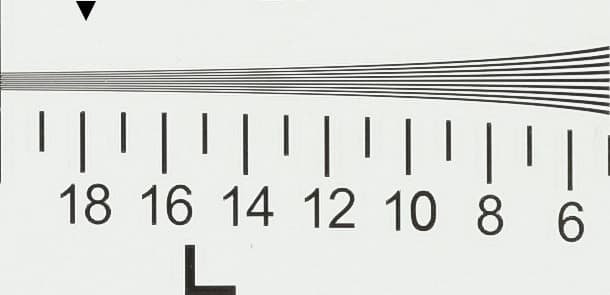
Fujifilm X100F ISO 400

Fujifilm X100F ISO 800
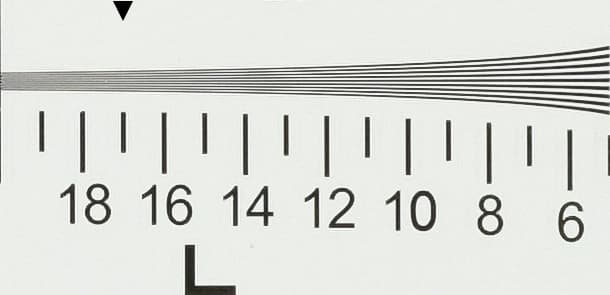
Fujifilm X100F ISO 1600
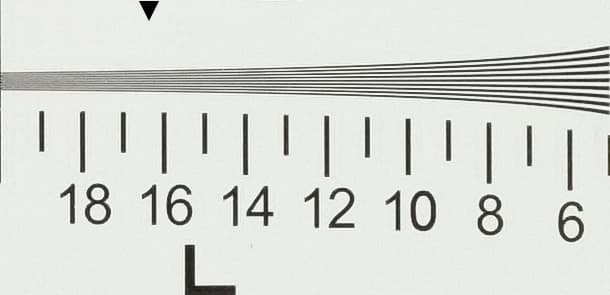
Fujifilm X100F ISO 3200
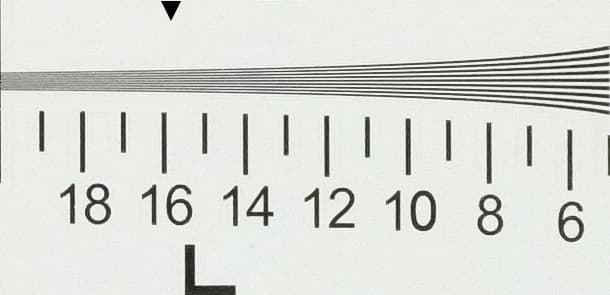
Fujifilm X100F ISO 6400
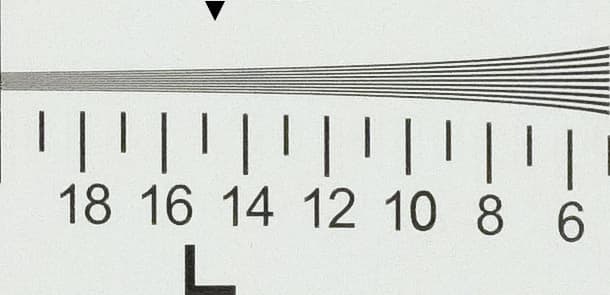
Fujifilm X100F ISO 12800
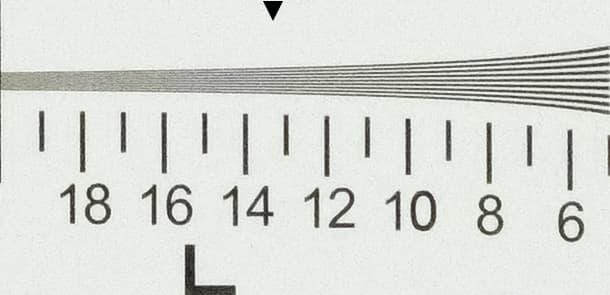
Fujifilm X100F ISO 25600
Dynamic range

With the same sensor and processor as the X-Pro2, the X100F delivers very similar results in our Applied Imaging dynamic range tests. At low ISOs, values in the 12EV range indicate that there’s plenty of scope for recovering additional detail in shadow regions of raw files without them being blighted by excessive noise. The measurements fall monotonously as the sensitivity setting is raised, indicating increasing levels of noise. Very low values at settings of ISO 12,800 and above suggest that almost all shadow detail will be overwhelmed by noise, as confirmed by our test scene shots.
ISO and noise
At low ISO, the X100F brings excellent image quality, with lovely colours and impressive detail rendition in JPEGs, although fine monochromatic detail can get lost to noise reduction. There’s barely any drop in image quality at ISO 400, but noise starts to have a clear impact at ISO 1600 and above. At ISO 6400 and ISO 12,800 the colours are noticeably desaturating and shadows getting decidedly muddy, but even so, the image quality is more than good enough for less critical uses such as social media. The two extended settings look pretty ugly, with very little colour or detail; however, switch to the Acros black & white mode, and ISO 25,600 becomes eminently usable. Fujifilm’s JPEGs are so good that there’s relatively little to be gained from raw in terms of noise and detail, but it can be possible to tease a bit more out in some cases.
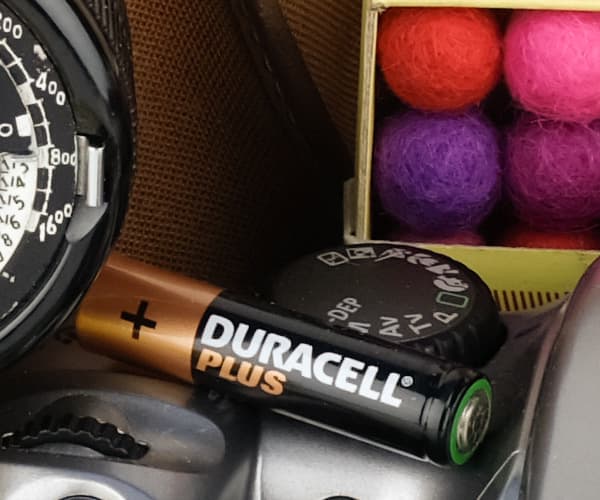
Fujifilm X100F ISO 100
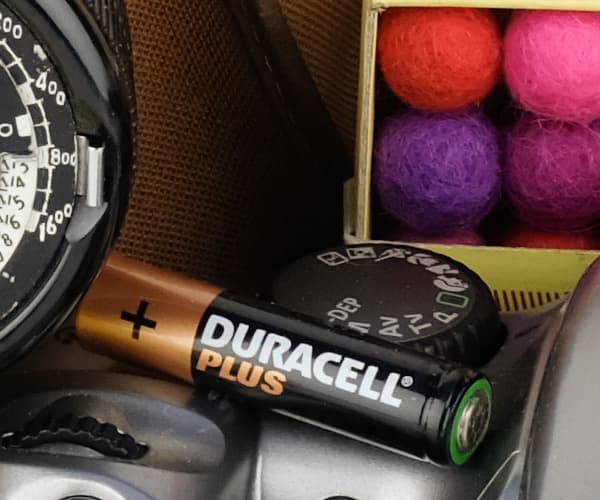
Fujifilm X100F ISO 200
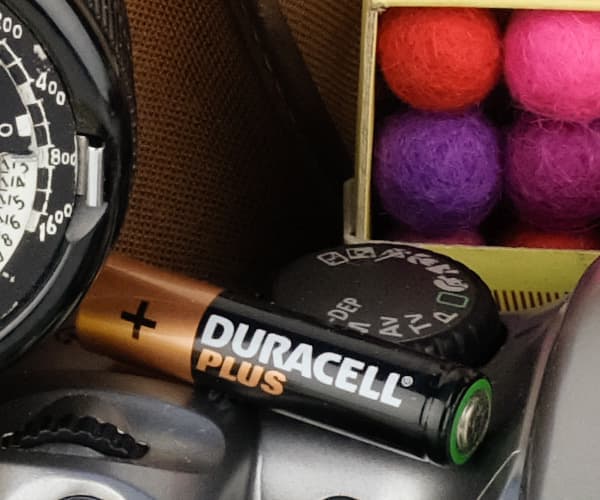
Fujifilm X100F ISO 400

Fujifilm X100F ISO 800
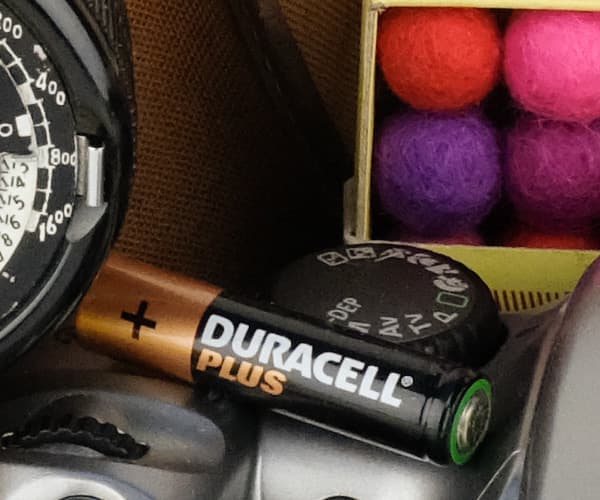
Fujifilm X100F ISO 1600
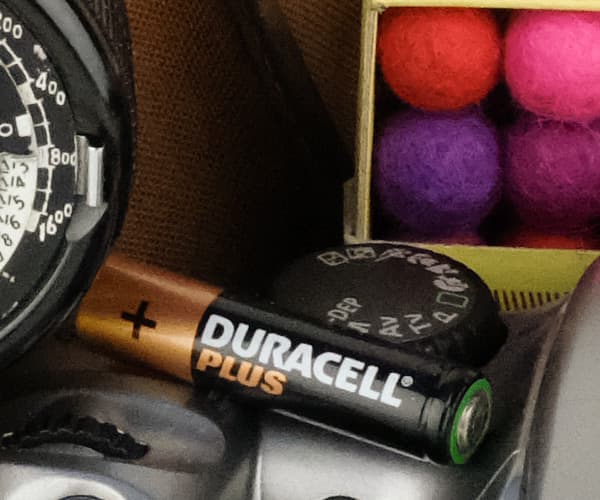
Fujifilm X100F ISO 3200

Fujifilm X100F ISO 6400

Fujifilm X100F ISO 12800
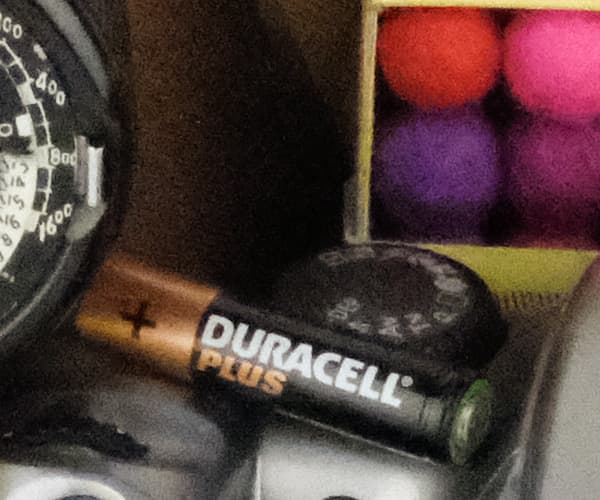
Fujifilm X100F ISO 25600
Fujifilm X100F review: Our Verdict
Fujifilm’s X100 series has long been a favourite of serious photographers, for its unrivalled combination of stunning good looks, intuitive, dial-led handling, and excellent image quality. With the X100F, the firm has continued its tradition of making substantial improvements without losing the essence of the original, and its 24-milion-pixel sensor brings the best image quality yet. But in many ways, it’s the X-Processor Pro that’s the real star here, because it makes the camera feel that much snappier and more responsive in every aspect of its operation. This is particularly noticeable with the autofocus – I’m really quite impressed Fujifilm has managed to get the lens moving so fast.
But there’s more to the X100F than improved image quality and focusing, and it’s the accumulation of small but significant handling changes that boosts its appeal even further. Additions such as the AF joystick, full-image electronic preview in the optical finder, and extended ISO and exposure compensation control options all make the X100F an absolute joy to use. Few cameras inspire you to pick them up and go out shooting in the way this one does, and few deliver such attractive results when you get home and look at your pictures. Make no mistake; it’s a serious photographic tool.
Of course, £1,249 is a lot of money to pay for the privilege of owning a camera with a fixed lens that doesn’t even zoom, being quarter as much again as the X100T was at launch. For most photographers, it’s probably not even going to work as their only camera, but more a companion to something with interchangeable lenses, which makes it something of an indulgence. But then again, the price has to be seen in the context of the competition – because there really isn’t anything else quite like it.
With the X100F, Fujifilm has produced a camera that’s as lovely to shoot as it is to look at, and it delivers image quality to match. Users of the X100S and original X100 will find it a huge upgrade, while even X100T owners should appreciate the new sensor and improved controls. One thing’s for sure – like its predecessors it’s one of the most desirable cameras on the market.

For more options have a look at the best Fujifilm cameras.

